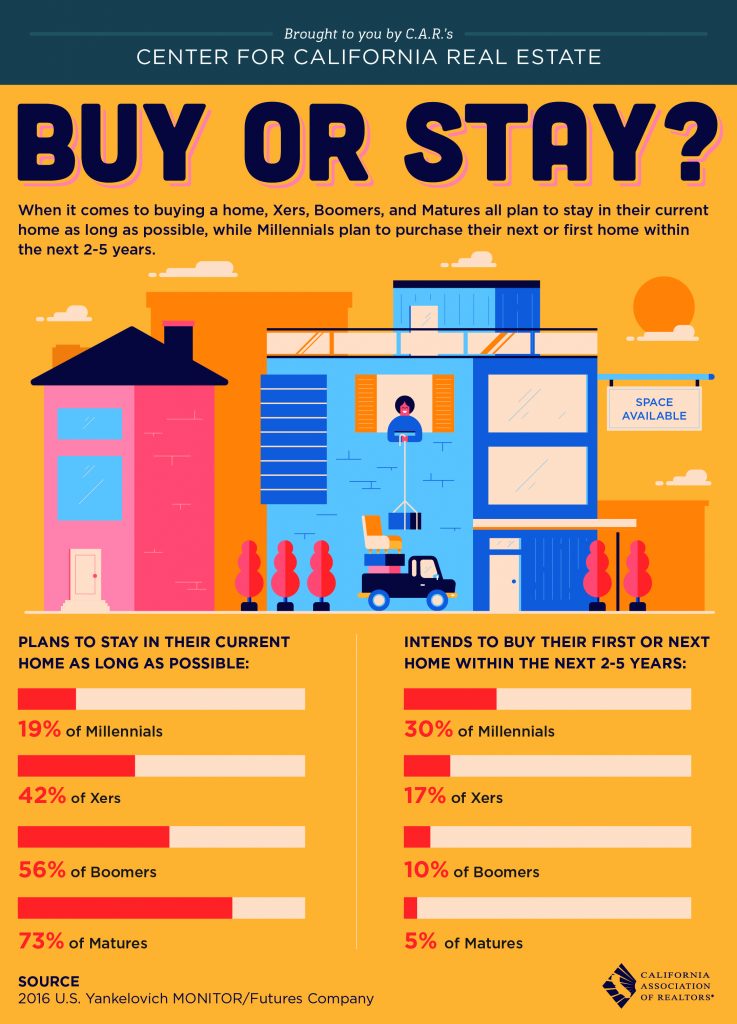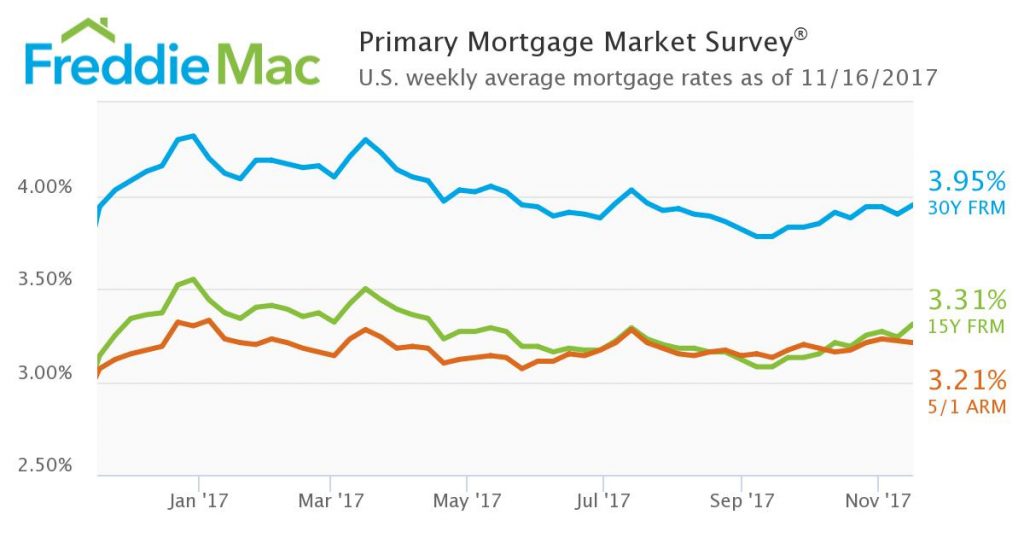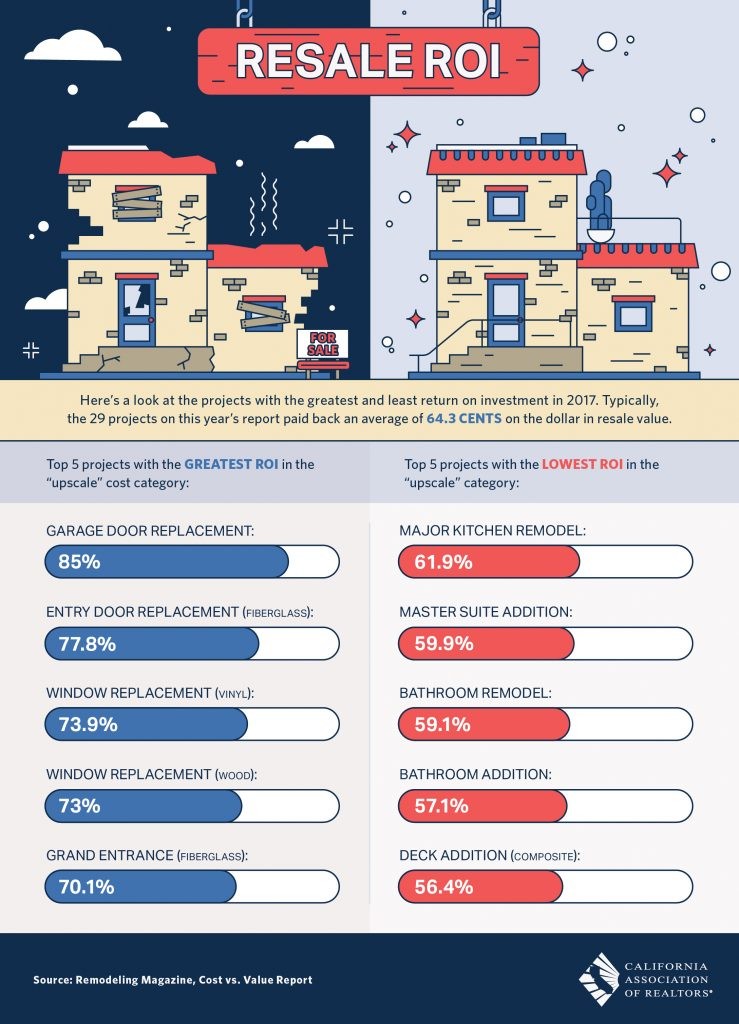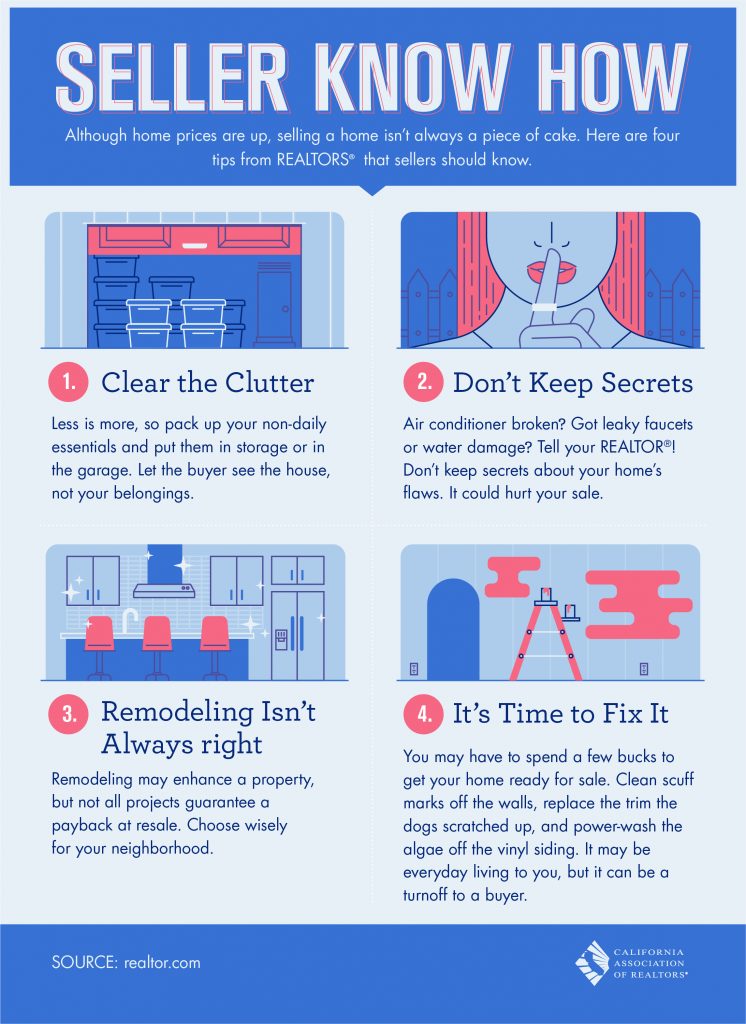Last year, the Federal Housing Finance Agency increased the maximum conforming loan limits for mortgages to be acquired by Fannie Mae and Freddie Mac for the first time since the housing crisis.
For the second year in a row, and the second time since 2006, the FHFA is increasing the conforming loan limits for Fannie and Freddie in 2018.
The FHFA announced Tuesday that it is increasing the conforming loan limits from $424,100 to $453,100 for 2018.
The conforming loan limits for Fannie and Freddie are determined by the Housing and Economic Recovery Act of 2008, which established the baseline loan limit at $417,000 and mandated that, after a period of price declines, the baseline loan limit cannot rise again until home prices return to pre-decline levels.
Fannie and Freddie’s conforming loan limits stayed at $417,000 until last year, when the FHFA finally increased the loan limit to $424,100.
But, as the FHFA noted Tuesday, home prices are on the rise, which necessitates a second straight yearly increase in the conforming loan limit.
The FHFA’s third quarter 2017 House Price Index report, which includes estimates for the increase in the average U.S. home value over the last four quarters, showed that house prices increased 6.8%, on average, between the third quarters of 2016 and 2017.
Therefore, the FHFA said that the baseline maximum conforming loan limit in 2018 will increase by the same percentage – from $424,100 to $453,100.
Loan limits will also be increasing in what the FHFA calls “high-cost areas,” where 115% of the local median home value exceeds the baseline loan limit.
Under HERA, the maximum loan limit in those “high-cost areas” is calculated as a multiple of the area median home value, while setting a “ceiling” on that limit of 150% of the baseline loan limit.
According to the FHFA, median home values “generally increased” in high-cost areas in 2017, which drove up the maximum loan limits in many of those areas.
Therefore, the new ceiling loan limit for one-unit properties in most high-cost areas will be $679,650 (which is 150% of $453,100) for one-unit properties in the contiguous U.S.
Read the rest HERE.




